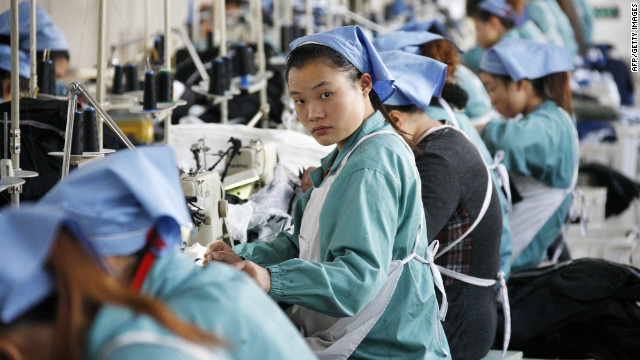|
CTEI Exclusive: Investment surged up continuously From Jan. to Nov. 2009, total statistics-worthy fixed-assets investment (over CNY 5million) in the textile industry was up 9.53% to CNY 270.802 billion y/y, 0.78 percentage points higher than the growth rate of the same period last year. During the Jan.-Nov. 2009 period, China textile industry registered new projects totaling 6995, up 23.87% that of the Jan.-Nov. 2008 period, according to the Statistics Center of China National Textile and Apparel Council (CNTAC).
Domestic investment boom underway In the January-November period, domestic-funded enterprises ranked first in total textile fixed-assets investment, which accounted for 85.44 percent of the total, 6.01 percent up on a year earlier. There were huge gains in the investment from private textile enterprises, which accounted for 46.04 percent of the total investment in domestic-funded enterprises, 2.74 percent up on a year earlier.
On the other hand, the share of investment of textile enterprises with investment from Hong Kong, Macau and Taiwan decreased 3.24 and 2.91 percent respectively in the January-November period compared to the same period last year; The investment value of textile enterprises with investment from Hong Kong, Macau and Taiwan plunged by CNY6.347 billion and CNY 5.566 billion percent respectively in the January-November period compared to the same period last year.
Foreign investment slowdown is caused by three factors
Investment value and investment share from Hong Kong, Macau & Taiwan and overseas both declined in the period. The slowdown of investment is mainly caused by three factors:
Firstly, export-oriented enterprises is fighting for their survival with dismal overseas market hit by the economic crisis and significant gains at that time will be hard to come by, and won't be nearly enough to prevent other sizeable slippage in overall textile activity. Next, RMB revaluation and the strengthening the environmental protection have negative impacts on the world's manufacturing chain. For more than a decade, foreign-invested enterprises, or the Chinese subsidiaries of global multinationals and joint ventures with industrial-world partners had accounted for over 50 percent of the total increase Chinese exports over the period. But, the perceived advantage of low cost labor is disappearing in recent years, eroded by rising labor and other costs. By putting pressure on China to change its currency regime, the industrial world ran the risk of squandering the fruits of its own cost-cutting efforts. Moreover, India, China's biggest competitors provides the legal framework that protects investment, which is one of the best in Asia. In recognition of foreign investment on the importance of the textile industry, the Ministry of Textiles of India had earlier done a survey to determine which countries have investment potential in India. Study identified a number of companies in Germany and Switzerland, these companies have the expertise, it is possible investment in textile machinery and high-end fabrics, Turkey, Italy and France have invested garment manufacturing and garment industry's potential. By 2015, the Indian textile industry needs an additional 24 billion U.S. dollars of investment in order to maintain 8% growth. This included 18 billion U.S. dollars of domestic investment, and 60 billion foreign direct investment.
Industrial upgrading is a top priority Facing slow-down in foreign investment, industrial upgrading is one of the major areas that needs to be worked upon. Some textile sectors here in China are potential but limited by technology. For instance, the Chinese market for geotextile is to grow nearly by 30% over the next few years, according to a new study. Chinese enterprises are eager to venture into high-grade textiles areas, but they have been put off due to high capital expenditure required to bring in the necessary technology. It may be true that foreign investment can play a role in industrial upgrading. However, the industry cannot depend on foreign investment alone for this. It will have to work with our own hands.
|
|
Domestic Investment in Chinas Textile Industry Soar from Jan. to Nov.
Updated: 2010-1-11 Source: CTEI

Recommended News
Photo Gallery
Most Popular



